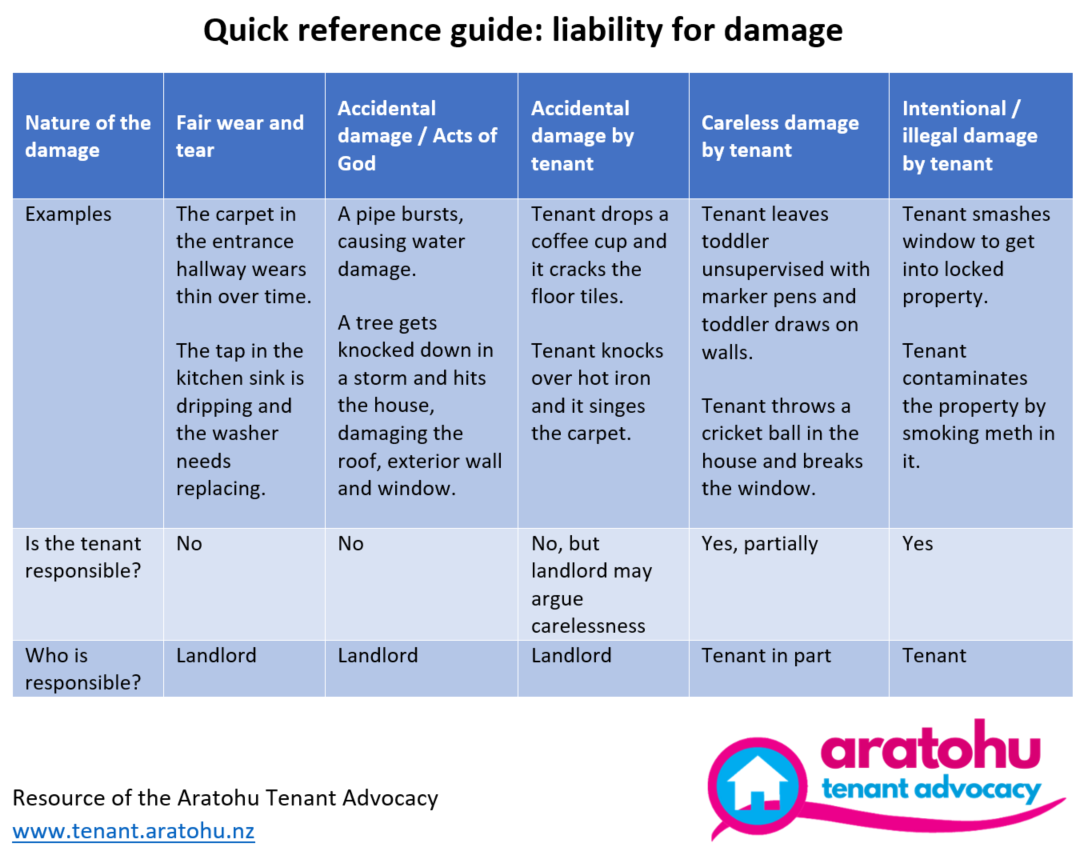What should a tenant do when repairs are needed?
If the tenant notifies the landlord about something that is in need of repair, and the landlord doesn’t take action to repair it in a timely manner, the tenant can issue them with a 14-day notice to remedy the situation.
If the problem is likely to cause injury to people or property, or is otherwise serious and urgent (eg, a burst water pipe), the tenant can have the repairs done and ask the landlord to reimburse them for it. The tenant must have made a reasonable attempt to contact the landlord about the problem first (s 45(1)(d) RTA).
Quick tip
Who pays for repairs?
There are a number of factors to consider to determine whether it’s the landlord’s or the tenant’s responsibility to pay for repairs. It will depend on:
- who or what caused the damage
- how the damage was caused
- whether the damage was caused intentionally
- whether the damage caused through the tenant's carelessness,
- when the damage occurred
- whether the type of damage is covered by the landlord’s insurance.
What if there’s a dispute over responsibility for damage?
If the landlord and tenant cannot agree over who is responsible for the damage, either party can apply to the Tenancy Tribunal for a decision. For more details see Fair wear and tear.
What proof is required of the cause of the damage?
A landlord must prove that damage to the premises occurred during the tenancy and is more than fair wear and tear. If this is established, to avoid liability, the tenant must prove they did not carelessly or intentionally cause or permit the damage. Tenants are also liable for the actions of people at the premises with their permission.
The evidence must show that it is more likely than not that the alleged thing happened. In other words, the standard of proof is the balance of probabilities.
What can a tenant do if a guest did the damage?
Tenants are responsible for intentional or careless damage caused by their guests, which may include flatmates, friends, and even strangers at a party (s 41(1) RTA). If the tenant is liable to pay for the damage, the landlord is entitled to deal directly with them in getting the damage fixed and paid for - they don’t have to chase the person who actually did it.
If it’s clear which guest(s) caused the damage, the tenant can ask them to reimburse the amount they’ve had to pay to the landlord for repairs. If the guest doesn’t reimburse the tenant, they might consider taking a claim to the Disputes Tribunal.

